Tesla Roadster 2.0
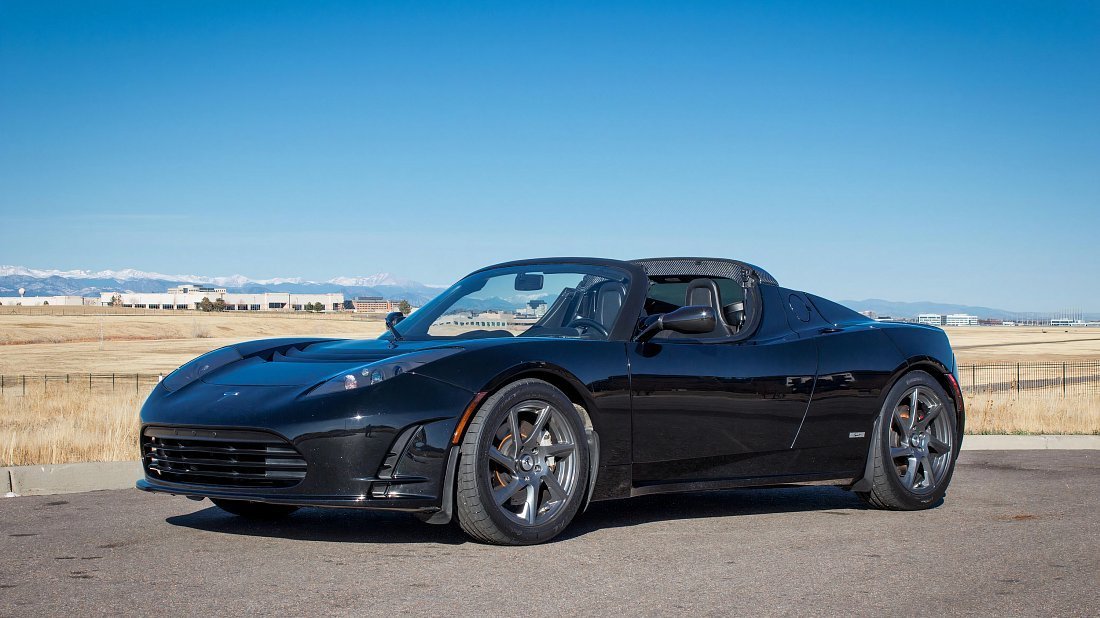
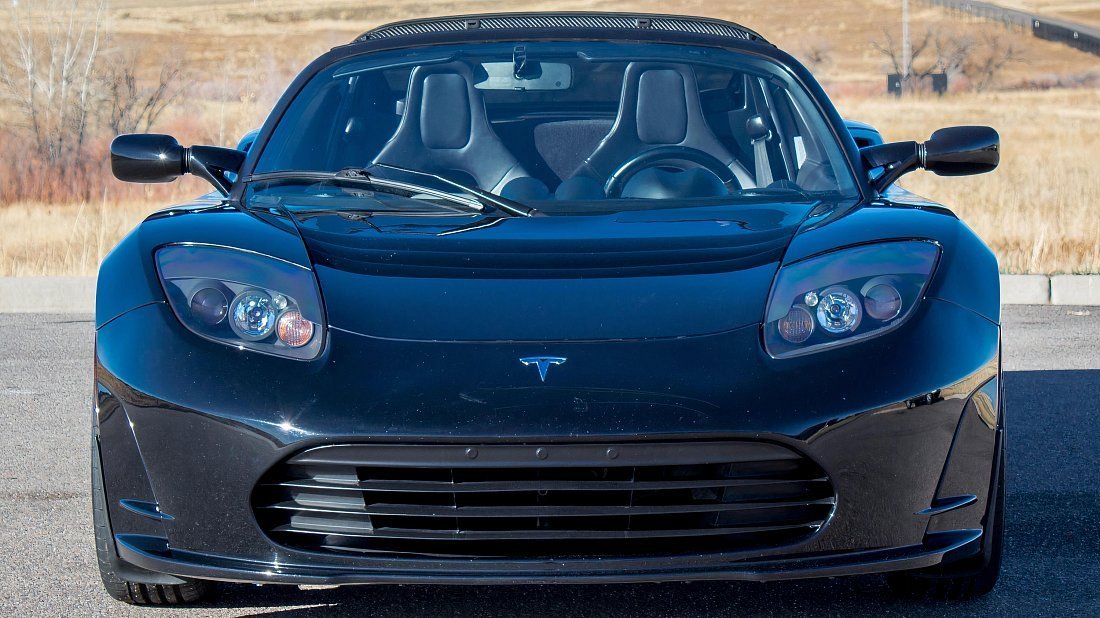
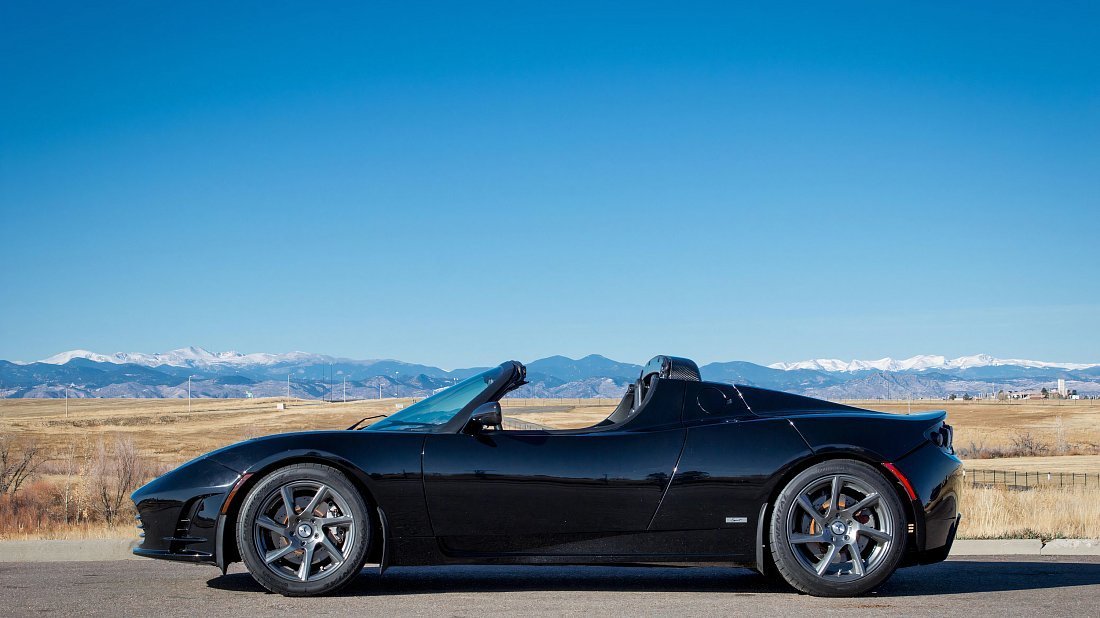
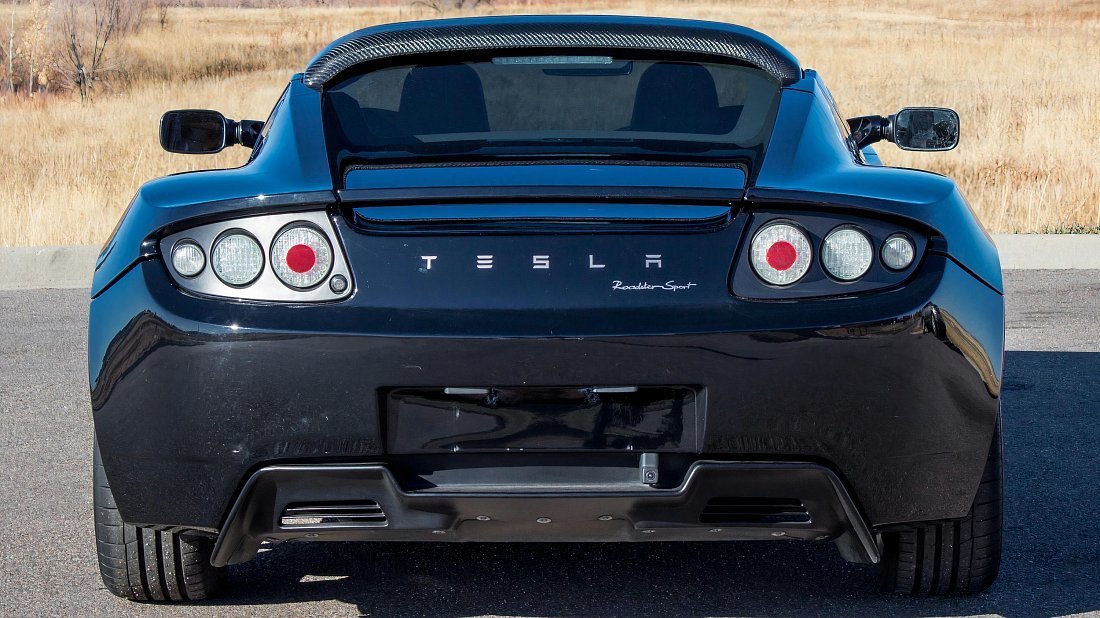
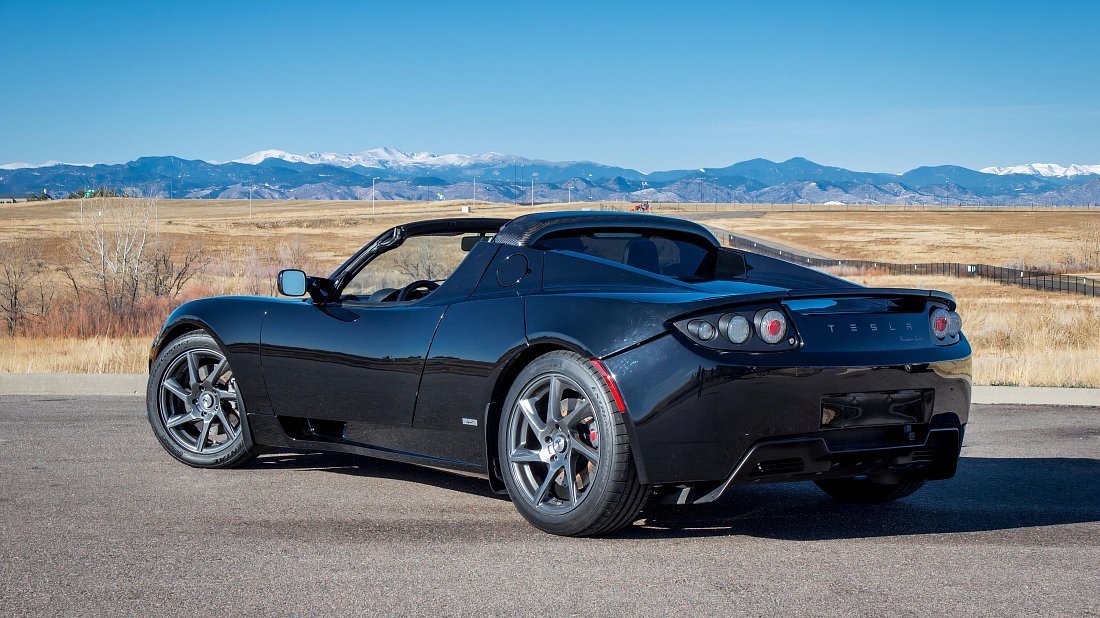
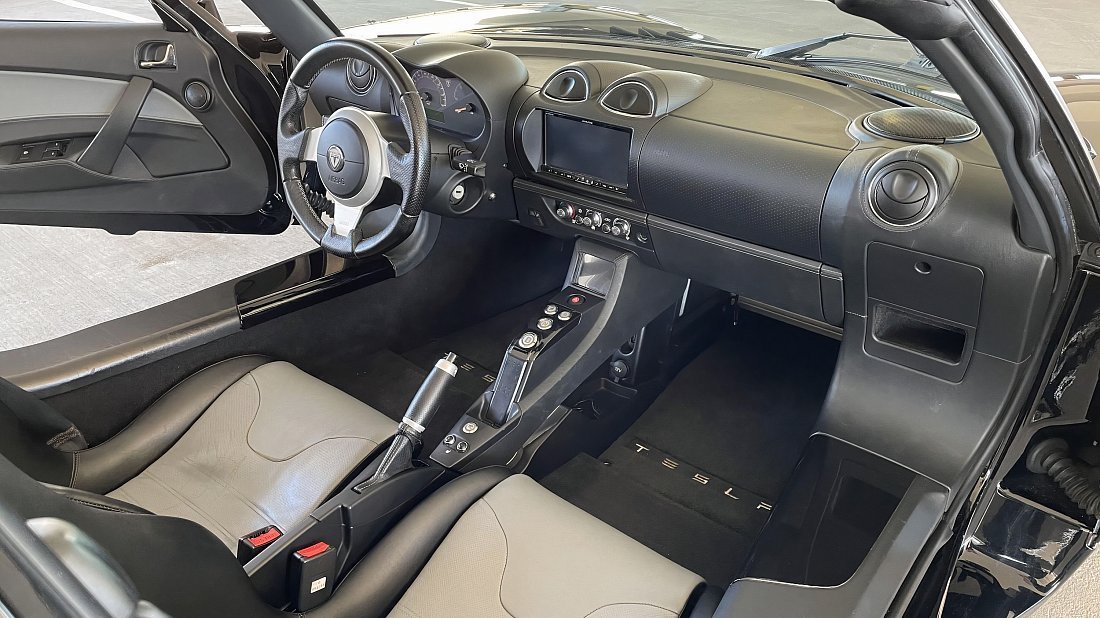
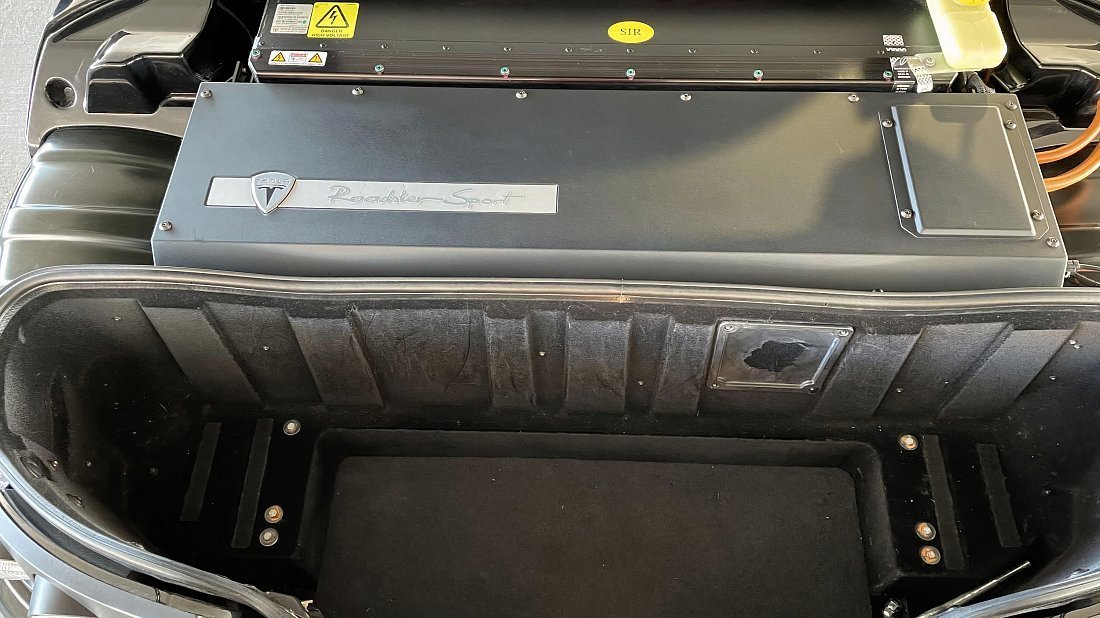
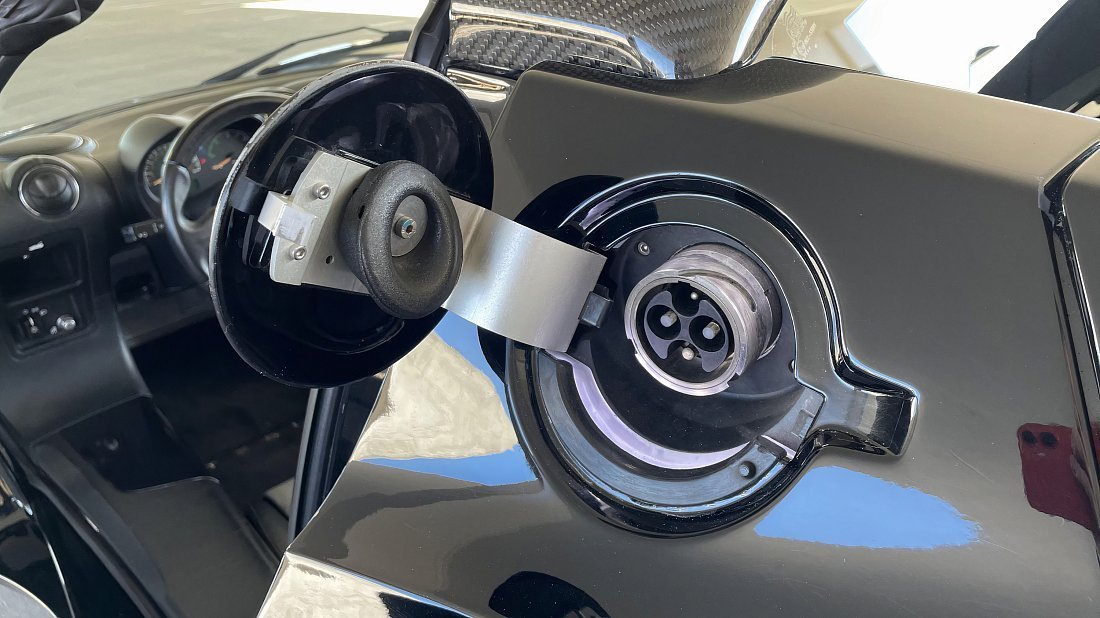
Overview
Main Overview Information
- Price Europe (New)
- No Data
- Price Europe (Used)
- No Data
- Country of Manufacture
-
- USA
![USA USA]()
- USA
- Years of Production
- 2009-2010 (Discontinued)
- Body Style
- Roadster
![]()
- Market Availability
- USA
Pros and Cons
Reasons to Buy
- Pioneering EV sports car
- Thrilling, raw driving experience
- Good real-world range (373km)
- Fast 16.8kW AC charging
- Unique collector's item status
Reasons Not to Buy
- Extremely high used prices
- Dated interior, basic tech
- No DC fast charging
- Specialist, costly maintenance
- Limited modern safety aids
Overview
The 2010 Tesla Roadster, particularly this "2" version packing a punch, was the electrifying kick-starter for the EV revolution! This pioneering two-seater drop-top showed the world electric cars could be seriously quick and desirable. Based on a Lotus Elise chassis, it offered an incredibly raw driving experience. Being discontinued, new prices aren't applicable, and used examples are collector's items, with prices reflecting their iconic status and rarity in Europe, often fetching well over €100,000 depending on condition and battery health. It's a true piece of automotive history.
What's New for 2010?
By 2010, the Roadster had evolved, and this "2" trim reflects those enhancements, leaning towards the "Sport" model's muscular spec. Compared to the earliest versions, the 2010 models benefitted from powertrain refinements delivering more consistent oomph and an improved interior. Think a more comfortable cabin, a sleeker push-button gear selector, and a better heating and ventilation system – small but welcome tweaks for this groundbreaking sports car. These updates polished an already thrilling package, making it slightly more liveable without dulling its electrifying edge.
Design & Exterior
The 2010 Tesla Roadster still looks absolutely sensational, a pocket rocket with its Lotus-derived, super-compact stance. Key dimensions are a petite 3946 mm in length, 1852 mm wide (excluding mirrors), and a mere 1127 mm high. Its carbon fibre body panels scream performance, and the targa top means you can enjoy open-air motoring with that instant electric torque. This "2" variant likely boasts some of the subtle styling cues seen on upgraded models, like distinct alloy wheels, making it a true head-turner even today.
Interior, Tech & Cargo
Inside, the 2010 Roadster is a snug, focused affair, very much a sports car cockpit. While later Teslas went full sci-fi, this was more old-school cool with leather and flashes of carbon fibre. Passenger space is intimate for its two seats. For your bits and bobs, there's a 150-litre boot in the back – enough for a weekend getaway, though a frunk isn't part of the package. Tech was basic by modern EV standards; infotainment likely centred around an upgraded head unit, but no giant touchscreens or native smartphone mirroring here.
Performance & Driving Experience
Hold on tight! This Roadster "2" delivers a stonking 215 kW and 380 Nm of torque from its single rear-mounted AC induction motor, all channelled through its rear-wheel drive setup for proper sports car thrills. It'll catapult you from 0 to 100 km/h in a blistering 4.1 seconds, heading for a top speed of 201 km/h! The driving experience is pure go-kart: incredibly direct steering, a firm ride that communicates every nuance of the road, and that addictive, instant electric punch out of corners. Regenerative braking helps claw back some energy.
Range, Battery & Charging
Juice comes from a 50.4 kWh usable battery pack, delivering a Green Cars Compare estimated real-world range of around 373 km – pretty impressive for an early EV sports car! Energy efficiency is rated at a decent 7.4 km/kWh. For charging, it features a Type 1 (J1772) port; in Europe, an adapter would be essential. AC charging is surprisingly potent with a standard 16.8 kW on-board charger operating on its 400V architecture, meaning a full top-up could take as little as 3 hours with suitable equipment. DC fast charging wasn't available.
Safety & Driver-Assistance Features
The 2010 Tesla Roadster was engineered for raw driving pleasure, not for boasting an extensive list of safety tech. Official Euro NCAP or NHTSA crash test ratings are absent, a common scenario for low-volume, specialist sports cars. In terms of driver aids, you're looking at the fundamental systems for the era: anti-lock brakes (ABS) and traction control to help maintain stability when you unleash that potent electric performance. Don't expect advanced features like adaptive cruise control or lane-keeping assist; this machine is all about an engaged, hands-on driving experience.
Warranty & Maintenance Coverage
Back in 2010, the Tesla Roadster came with a new vehicle warranty typical for the time, likely around 3 years, alongside a specific warranty for its pioneering battery pack. Naturally, these original warranties have long since expired. Owning one today is a specialist endeavour. Maintenance focuses on standard sports car upkeep like tyres and brakes, coupled with crucial battery health monitoring by EV experts. While early for EVs, reliability has been respectable, but prospective owners should anticipate specialist care for its unique powertrain and battery systems.



 Tesla Roadster 1.5 (2007-2009)
Tesla Roadster 1.5 (2007-2009)  Tesla Roadster 2.5 (2010-2012)
Tesla Roadster 2.5 (2010-2012) 